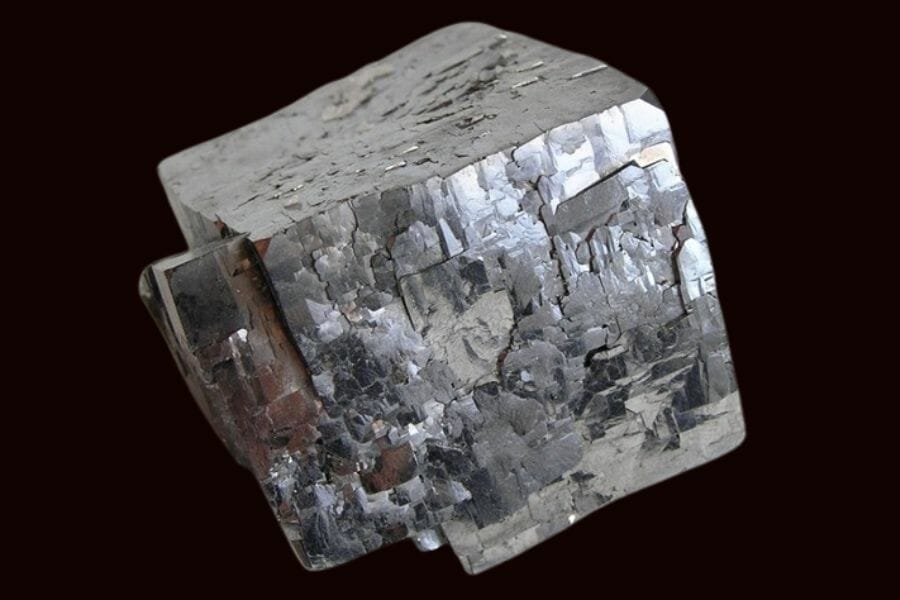Diamonds are one of the most precious and sought-after gemstones in the world. They are known for their unparalleled beauty, durability, and rarity. But have you ever wondered what minerals make up diamond? In this article, we will explore the fascinating composition of diamonds and the minerals that contribute to their unique properties.
Diamonds are made up of pure carbon, which is arranged in a crystal lattice structure. However, diamonds are not formed solely from carbon. They are created deep within the Earth's mantle, where extreme heat and pressure cause carbon atoms to bond together and form diamonds. In addition to carbon, diamonds also contain trace amounts of other minerals that contribute to their unique properties.
One of the most common minerals found in diamonds is nitrogen. Nitrogen atoms can replace carbon atoms in the diamond lattice, which can cause the diamond to have a yellow or brown tint. However, some diamonds contain very little nitrogen, which makes them colorless and more valuable.
Another mineral that can be found in diamonds is boron. Boron can also replace carbon atoms in the diamond lattice, which can cause the diamond to have a blue tint. Blue diamonds are extremely rare and valuable, and are often sold for millions of dollars.
Diamonds can also contain small amounts of other minerals, such as iron, nickel, and sulfur. These minerals can affect the diamond's color and clarity, and can also provide clues about the diamond's origin and formation.
In addition to their mineral composition, diamonds are also valued for their physical properties. Diamonds are the hardest known substance on Earth, which makes them extremely durable and resistant to scratches and damage. They also have a high refractive index, which gives them their signature sparkle and brilliance.
In conclusion, diamonds are made up of pure carbon, but also contain trace amounts of other minerals that contribute to their unique properties. Nitrogen and boron are two common minerals found in diamonds that can affect their color, while other minerals can provide clues about their origin and formation. Understanding the composition of diamonds can help us appreciate their beauty and value even more.


